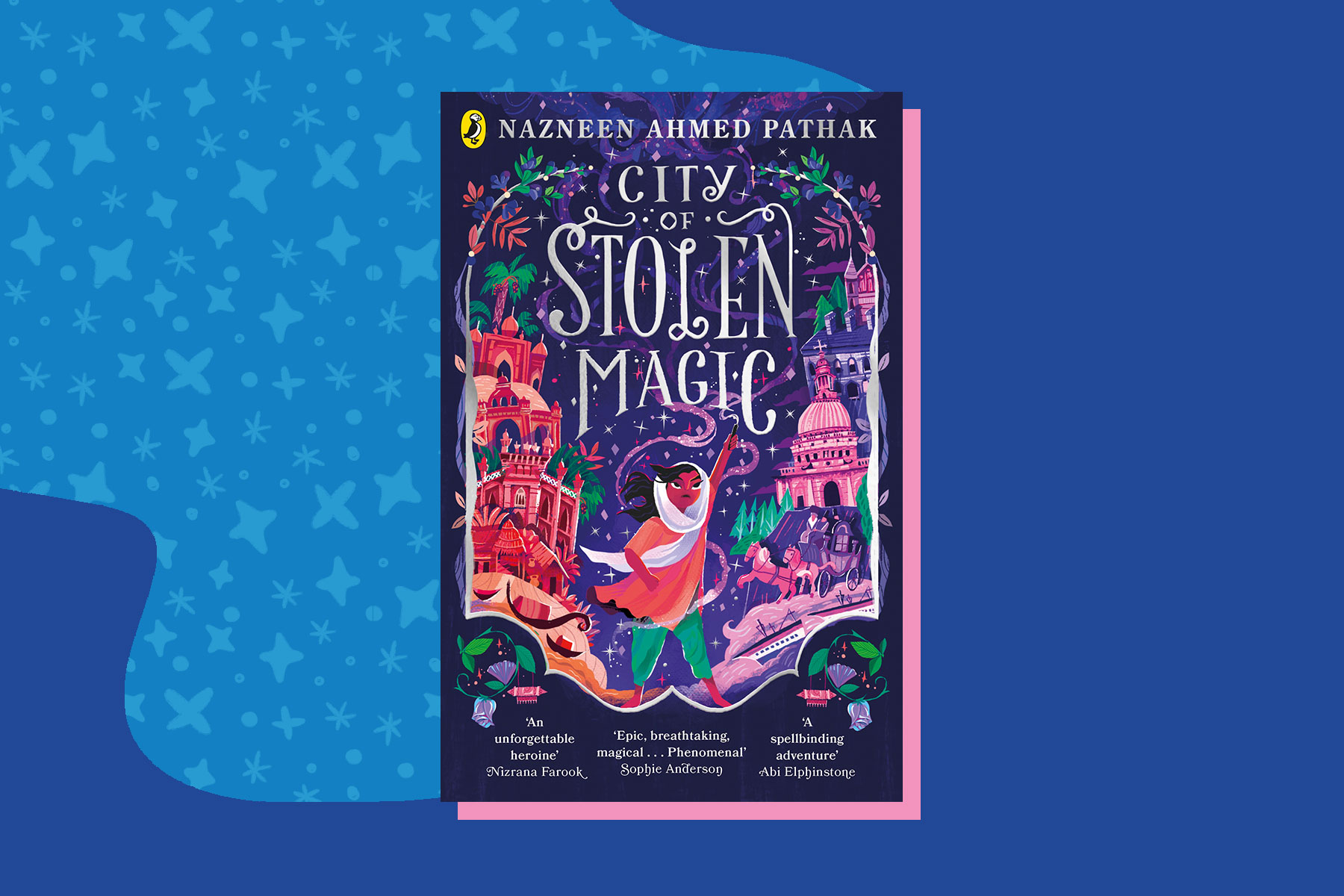- Home |
- Search Results |
- The story behind ‘City of Stolen Magic’
The story behind ‘City of Stolen Magic’
We love hearing where our authors get their inspiration from for their books. So, we asked Nazneen Ahmed Pathak to share where the story behind City of Stolen Magic came from.

When I first found out about the Asian sailors, known in the past as lascars, who worked on British naval ships, and travelled all over the world, often stopping in London, I felt something in my own identity click for the first time. Looking at their portraits and early photographs in an archive, I felt a strange sense of familiarity. Many looked Bangladeshi, like me. Some looked like members of my own family.
But these were men living 200 years ago and more – in London, and other port cities around the UK, and across the world. My father migrated from East Pakistan (later Bangladesh) in 1962. These men set up lodging houses for other sailors near the docks in East London, cooking the dishes that their fellow comrades would eat back home. These were the first Indian restaurants in a place that would, 200 years later, be crowned ‘Banglatown’ for the very same cuisine.
'Sitting with my baby son in my lap, I realised he did not have any stories that would make this history come alive for him.'
I found out about these sailors in my thirties. Until then, I had never realised the South Asian presence in England stretched back so far. And I realised that it was an empire – colonialism – the British ruling and extracting goods and people’s labour from South Asia – that actually created the conditions that brought so many communities to settle in the UK. My book opens with a very simple quote from the activist and thinker Ambalavaner Sivanandan to this effect: 'We are here, because you were there.'
A few months after finding these images, I went on maternity leave. Sitting with my baby son in my lap, I realised he did not have any stories that would make this history – so crucial to making sense of my own identity – come alive for him. So I started wondering what a story for him about these sailors might look like. Tipu popped up in my head, and despite already being quite shy, waved hello, and then Laurie appeared, and in his genial, drawling way, told me their story.
But it wasn’t just history that I wanted my son Roshan to know about. I love children’s fantasy – but the magic in it often felt like it was coming from the same source: Western European folklore of pointed hats, wands, and cauldrons. I knew of different magic.
'There were trees you didn’t sit under, in case you got possessed by the spirits who lived in them.'
In the part of rural Bangladesh where my father grew up, and I used to visit regularly as a child, magic wasn’t made up. It was real. There were trees you didn’t sit under, in case you got possessed by the spirits who lived in them. My relatives wore amulets containing tiny scrolls inside them with words from the Qur’an written upon them as protection against these spirits and the evil eye. I started to wonder some more, sitting there. What if I built a fantasy story around that? What would that look like? It seemed to me that the ‘good’ magic, the protective kind, in the form of the amulets, was all about the power of the written word – and that was something, as a lover of books and of languages, I could really get behind.
At this point, Chompa popped up and pushed Tipu and Laurie a little roughly out of the way. Rather imperiously, she made herself known to me as a witch of great powers and started telling me her story. And then Leeza joined in, furious at the idea of being left out – and it all got very noisy and dramatic in my mind.
I listened to them arguing it out between them. And then I started to write.
And that’s how the City of Stolen Magic first started to be built: from history, magic, and four children who needed their stories told.